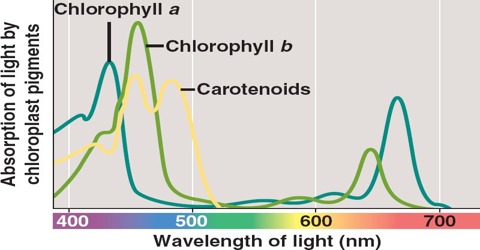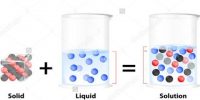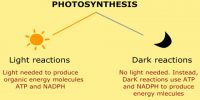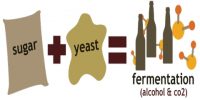Chlorophyll pigment: Chlorophyll molecules and their concerned electron acceptors combinedly act as a unit. They become excited by absorbing sun light and take part in photosynthesis. These units are known as pigment systems or photo-systems.
Pigment systems concerned with photosynthesis are of two types:
- Pigment systern-1 (PS-1)
- Pigment systern-2 (PS-2)
Pigment system-1: Pigment system-1 includes chlorophyll “a” 683, carotin, xanthophylls and a reactive pigment named p-700, pigment system-1 takes part in both cyclic and acyclic phosphoryllation. In green plants, pigment system I contains chlorophyll-b, different forms of chlorophyll-a such as chl.-a 670, chl.-a 680, chl.-a 695 or chl.-677 etc.
Pigment system-2: Pigment system-2 includes chlorophyll ‘a’ 673, chlorophyll ‘b’ and a reactive pigment named P-680. Pigment system-2 only takes part in acyclic phosphoryllation. Pigment system I is relatively very weakly fluorescent while pigment system II strongly fluorescent.
Carotenoids are present in both the pigment systems. The relative proportion of chlorophyll-b and different forms of the chlorophyll-a is different in the two pigment systems.















